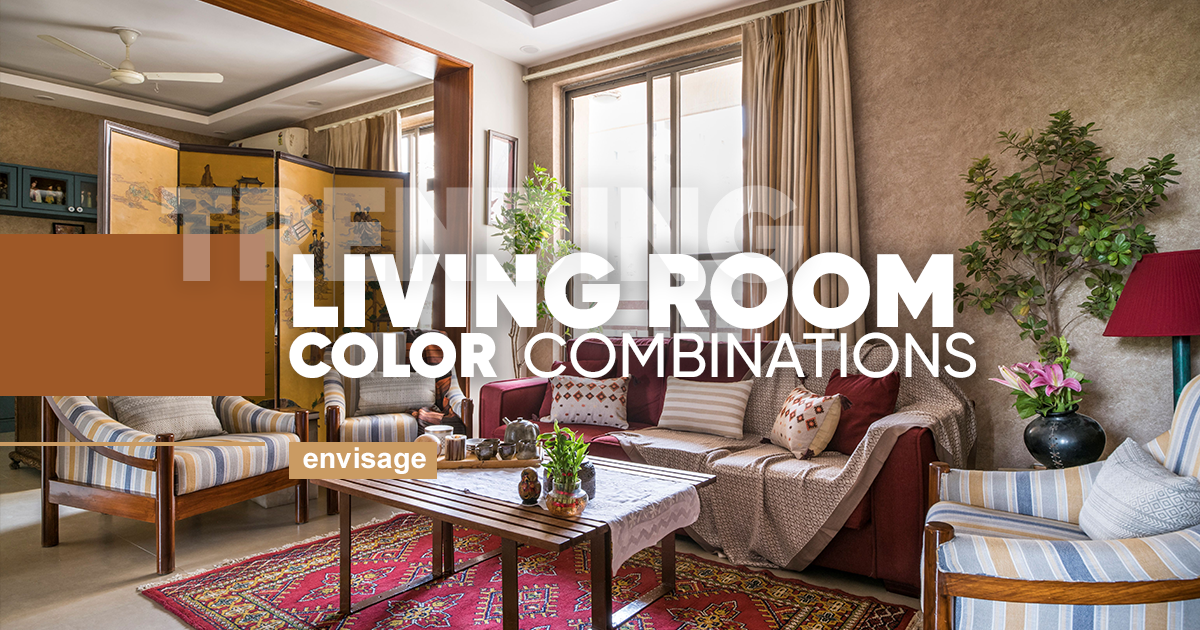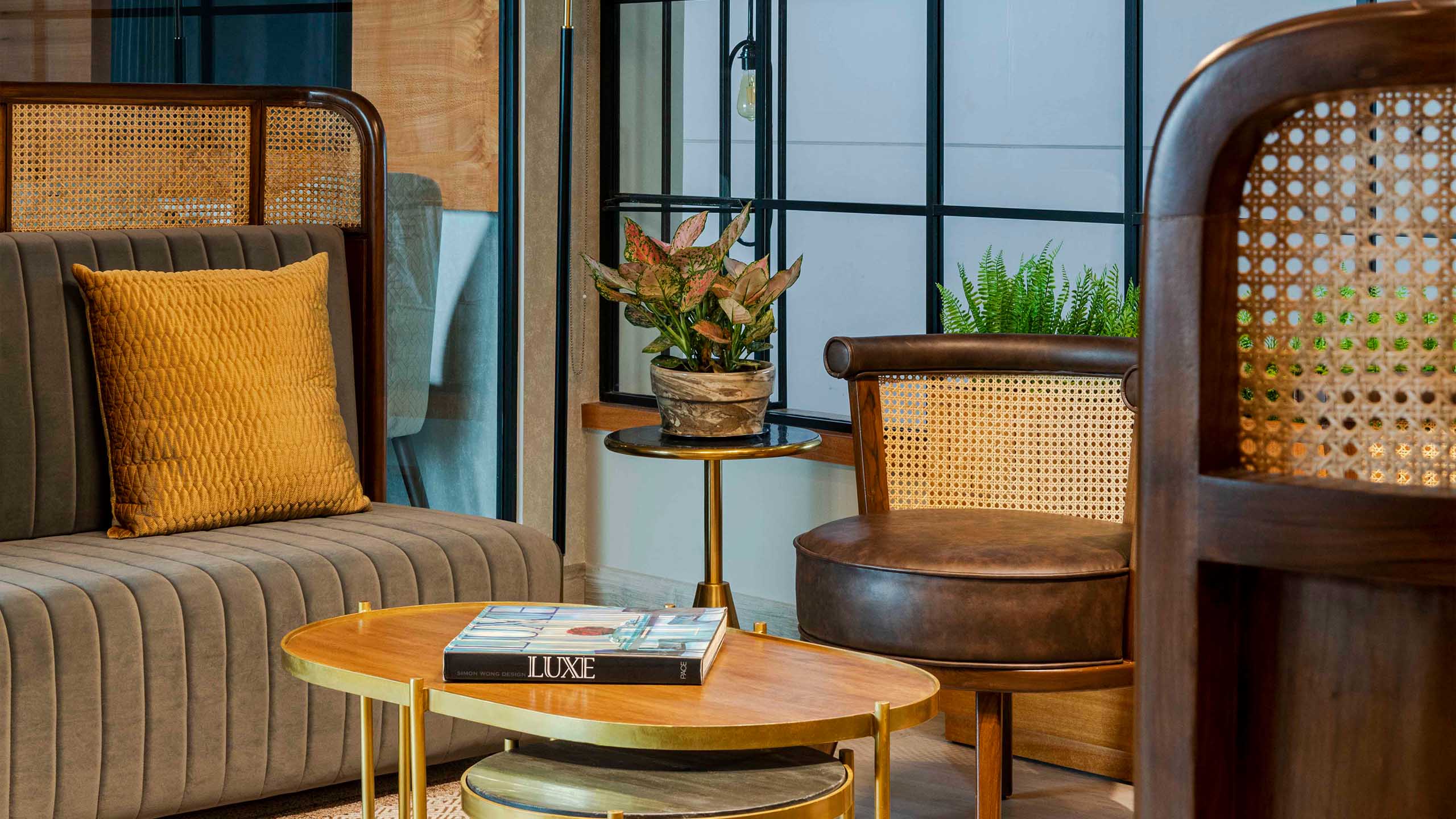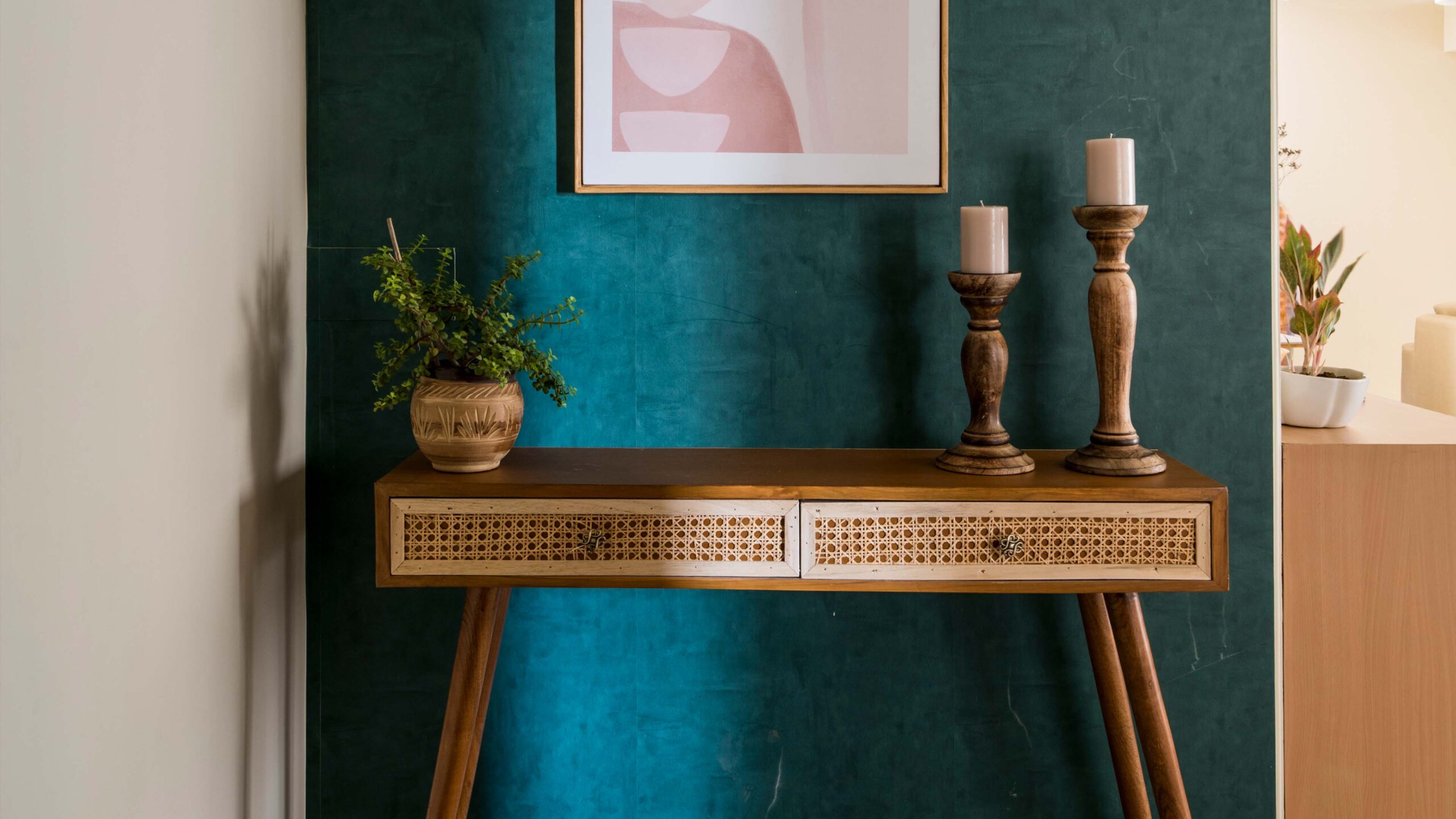Evolution of Workspaces
- Blog,
- Featured Blog
There has been a rapid transformation in how the industry has adapted to the new way of work. Working from home has become the new normal, which changes the definition of workspaces and homes. Flexibility in both of these spaces has to be looked at, in order to make the future of design more versatile and agile. Here are some learnings from the pandemic that can help perceive the new era of workspace design and habitat.
- Introduction of Technology- The introduction of technology in every aspect of our work process led to achieving three vital things- Safety, convenience and acceptance. With a massive reduction in face to face meetings, discussions and collaborations, the exposure to the virus reduces tremendously. Virtual and real-time facilities have made numerous aspects such as labour management and site supervisions convenient. With the help of cloud computing, every drawing and detail is available under one database and holds a range of people in the loop, assuring complete transparency and smooth project management. Digital readiness and an optimistic approach to working have helped the construction industry advance in various ways while saving time, effort, and energy, leading to steady execution of projects even amidst the pandemic.
- Health of the user – Workspaces are no different from the other human occupying spaces. Moving ahead, we as architects need to display empathy and flexibility toward our designs and the users. We need to get back to the basics of creating healthy habitable spaces to work. Except for our homes, all other built environments are threatening humans. To make them feel safe, designers need to look and cater to indoor air quality, fresh air intake, incorporating greens, using easy to clean surfaces etc.
- Efficient planning for a transition- As designers, we need to minimize the volume of workstations in an office. There can be alternate spaces that can help create physical distancing when the time demands it. Designers could look at office designs which are a combination of defined spaces and some movable partitions to accommodate flexible seating options. Looking into satellite offices can also be a good option for smaller teams wanting to work together occasionally. Another tip to keep in mind would be avoiding an investment into daily usage offices. In current items, it is ideal to rent spaces as and when required. Larger spaces like training rooms and conference rooms can be rented more efficiently, saving real estate investment.
- Sustainable Design – Environmental, financial and social sustainability must be enforced as much as possible in all our designs. Space needs to address the occupant’s mental and physical well-being, which subsequently needs to be the crux of workplace design from here onwards. A lot of multinational firms have design mandates being spelt out for them from a central think tank. These answers have to be supported by local solutions addressing unique issues to every location and its demographics. These solutions have to be tailor-made and not blindly aped.
- Facing immediate challenges due to covid- The state of flux we are in, requires us to quickly adapt our approach to design, execution and functioning. When the pandemic hit the industry for the first time, options like work from home were new to most people. For people who do not have designated spaces to work from home or do not have good bandwidth on their internet, multiple companies have opened up the option of giving employees an allowance to work from a co-working space as and when the severity of the pandemic is in control. Quick thinking and adapting are the only two definitions and approaches to living in the new normal now.
Every situation has an opportunistic side to it and sometimes shaking things up is a good thing to do. The forced at-home situation makes us question and rethink all that we took as a standard regular path to be followed. It has given us time to reconfigure our priorities as designers and how we need to sensitize ourselves to both the demands and the latent needs of the occupant. Today, it is one of those times, where reinventing is welcomed with open arms; From that perspective, something good has come out of this mayhem.




